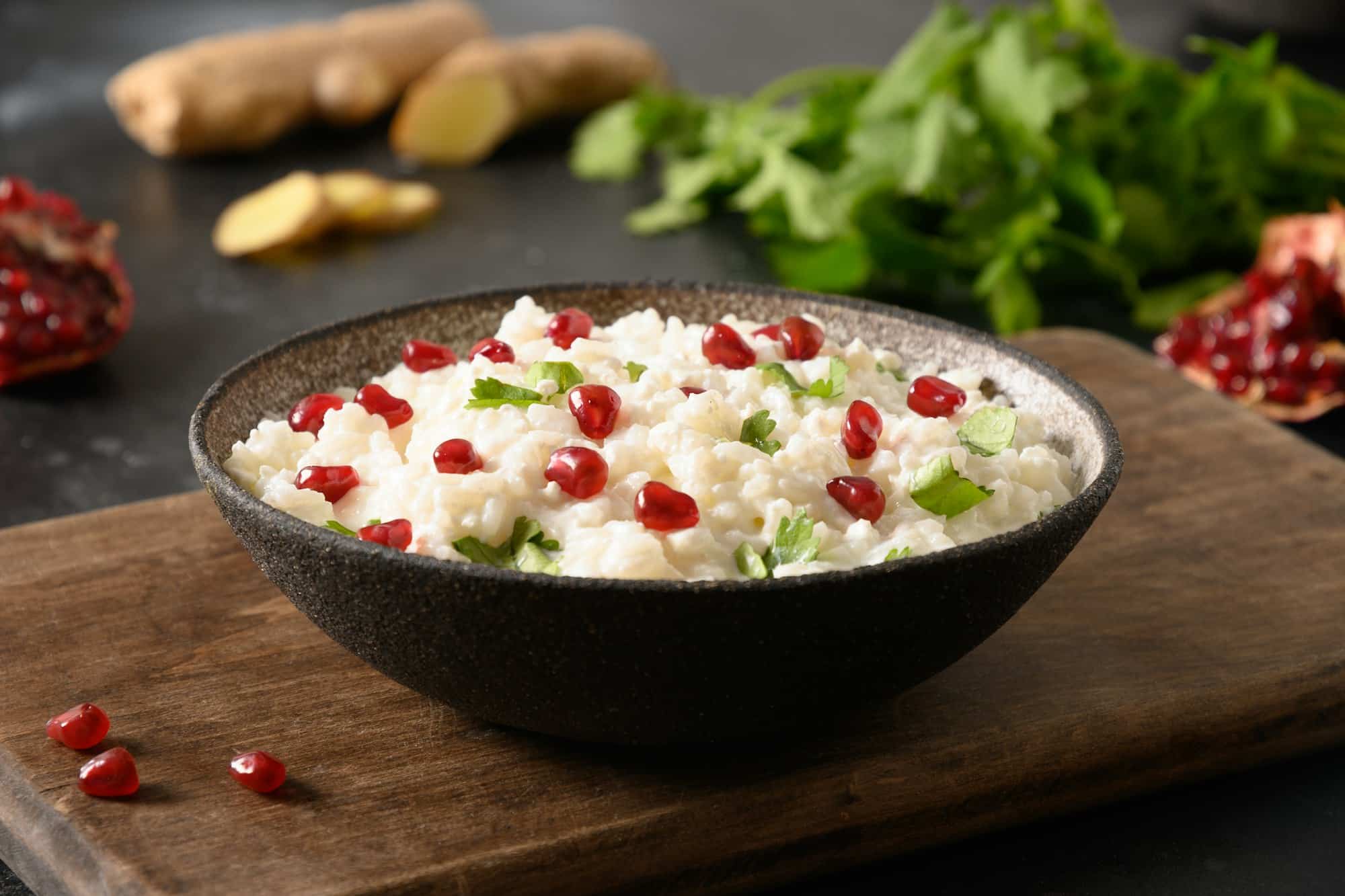Ultimate Guide to Creating a Captivating Live Cooking Station in Your Buffet Restaurant
Why Live Cooking Stations Are a Must-Have
In the world of buffet restaurants, the dining experience has evolved beyond just serving a variety of dishes. One of the most engaging and memorable ways to enhance your buffet is by incorporating live cooking stations. These stations not only add an element of excitement but also allow your guests to witness the culinary process firsthand, making the dining experience more interactive and personalized.
"Live cooking stations are a game-changer for any buffet restaurant. They allow guests to see the chefs in action, which adds a layer of transparency and trust in the food quality," says a chef from JW Marriott Hotel Hanoi, where live cooking stations are a staple at their JW Café.
This might interest you : Transforming Your Restaurant”s Dining Space: Unlocking the Power of Feng Shui for Optimal Energy and Flow
Planning Your Live Cooking Station
Before you set up your live cooking station, it's crucial to plan carefully to ensure it aligns with your restaurant's theme, menu, and kitchen layout.
Choosing the Right Location
The location of your live cooking station is vital. It should be easily accessible and visible to your guests. Ideally, it should be placed in a central area where guests can gather around and watch the chefs at work.
Also read : Unlocking Success: The Advantages of Implementing a Reservation System in Busy Restaurants
Selecting the Menu Items
The menu items you choose for your live cooking station should be visually appealing and quick to prepare. Here are some popular options:
- Carving Stations: Perfect for showcasing roasted meats like beef, pork, or lamb. Guests can watch as the chef carves the meat and serves it directly to their plates.
- Sushi and Sashimi Bars: For a more exotic option, consider a sushi and sashimi bar where chefs can prepare these delicate dishes in front of your guests.
- Grilled Meats: Grilled meats like steak, chicken, or seafood are always a hit. Guests can see the chefs grilling the meats to perfection and customize their orders.
- Dessert Stations: For a sweet treat, a dessert station where chefs prepare pastries, cakes, or other desserts can be a delightful addition.
Considering Dietary Restrictions
When planning your menu, make sure to include options that cater to various dietary restrictions such as vegetarian, gluten-free, or vegan dishes. This ensures that all your guests can enjoy the live cooking experience.
Setting Up Your Live Cooking Station
Setting up a live cooking station requires careful consideration of several factors, including the equipment, kitchen layout, and service flow.
Kitchen Equipment and Layout
Ensure your commercial kitchen is equipped with the necessary tools and equipment for the live cooking station. Here are some essentials:
| Equipment | Description |
|---|---|
| Commercial Grills | For grilling meats and vegetables |
| Cooking Stations | For preparing dishes like sushi or desserts |
| Display Counters | To showcase the prepared dishes |
| Ventilation System | To maintain a clean and safe cooking environment |
| Utensils and Tools | High-quality knives, cutting boards, and cooking utensils |
A well-organized kitchen layout is crucial to ensure smooth service. Make sure the cooking stations are spaced out to avoid congestion and that there is ample storage for ingredients and utensils.
Service Flow and Staff Training
The service flow at your live cooking station should be seamless. Train your staff to manage the station efficiently, ensuring that guests are served promptly and that the station remains clean and organized throughout the event.
"Training is key when it comes to live cooking stations. Our chefs and staff are trained to handle the pressure of cooking in front of guests while maintaining high quality and safety standards," notes a manager from a popular buffet restaurant in Downtown Dubai.
Enhancing the Dining Experience
A live cooking station is not just about cooking; it's about creating an immersive dining experience for your guests.
Interactive Elements
Encourage interaction between the chefs and the guests. This can be done by allowing guests to customize their orders or by having the chefs explain the cooking process.
Visual Appeal
Ensure the station is visually appealing. Use decorative elements like wooden trellises, fresh herbs, or vibrant colors to create an inviting atmosphere.
Quality of Food
The quality of the food is paramount. Use high-quality ingredients and ensure that the dishes are prepared to perfection. Here are some tips to maintain high quality:
- Fresh Ingredients: Use fresh and locally sourced ingredients to ensure the best flavors.
- Consistent Preparation: Ensure that the dishes are prepared consistently to maintain quality.
- Feedback Loop: Encourage feedback from guests to continuously improve the menu and preparation methods.
Managing Food Cost and Efficiency
While live cooking stations can be a significant draw, they also need to be managed efficiently to ensure they do not escalate food costs.
Menu Engineering
Engineer your menu to include items that are cost-effective yet appealing. Here are some tips:
- Use Economical Ingredients: Choose ingredients that are in season and cost-effective.
- Portion Control: Ensure that portion sizes are controlled to avoid waste.
- Cross-Utilization: Use ingredients across multiple dishes to reduce waste and costs.
Efficient Service
Ensure that the service at the live cooking station is efficient. Here are some tips:
- Preparation Ahead: Prepare ingredients ahead of time to reduce cooking time during the event.
- Batch Cooking: Cook in batches to ensure that dishes are served hot and fresh.
- Waste Management: Implement a waste management system to reduce food waste.
Examples and Case Studies
To illustrate the effectiveness of live cooking stations, let's look at a few examples:
At.mosphere in Downtown Dubai
At.mosphere, located on the 122nd floor of the Burj Khalifa, offers a live cooking experience with a focus on bon viveur cuisine. The aerial perspective and the live cooking stations make for a unique and memorable dining experience.
JW Café in Hanoi
JW Café at the JW Marriott Hotel Hanoi features live cooking stations as part of their international buffet. Guests can enjoy scenic lakeside views while watching chefs prepare a variety of dishes, from fresh seafood to premium imported meats.
Practical Insights and Actionable Advice
Here are some practical insights and actionable advice to help you create a captivating live cooking station:
Engage Your Guests
- Encourage guests to interact with the chefs.
- Offer customization options to make the experience more personal.
Maintain High Quality
- Use high-quality ingredients.
- Ensure consistent preparation methods.
- Encourage feedback to improve the menu and preparation.
Manage Costs Efficiently
- Engineer your menu to include cost-effective items.
- Implement portion control and cross-utilization of ingredients.
- Prepare ingredients ahead of time and cook in batches.
Train Your Staff
- Train your staff to manage the station efficiently.
- Ensure that the station remains clean and organized throughout the event.
Creating a captivating live cooking station in your buffet restaurant is a surefire way to enhance the dining experience for your guests. By carefully planning the location, menu items, and service flow, and by ensuring high quality and efficiency, you can make your live cooking station a standout feature of your restaurant.
"Live cooking stations are more than just a trend; they are a way to connect with our guests and provide them with a memorable dining experience. It's about creating a spectacle that combines food, interaction, and entertainment," concludes a chef from a popular buffet restaurant.
By following these guidelines and incorporating live cooking stations into your buffet, you can elevate your restaurant's dining experience, attract more guests, and set your establishment apart in a competitive culinary landscape.






